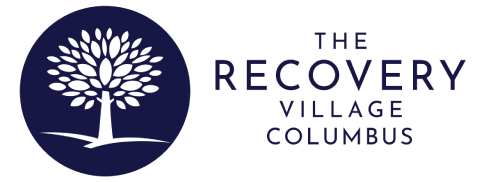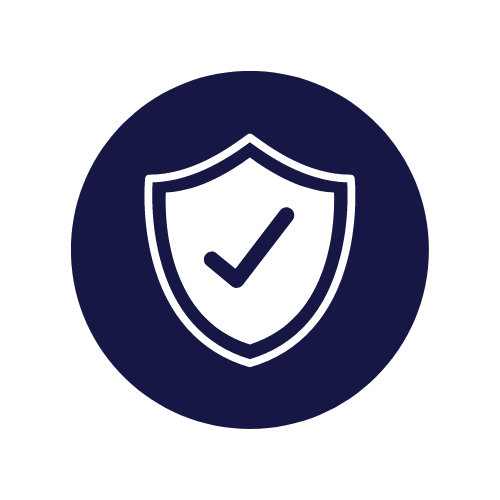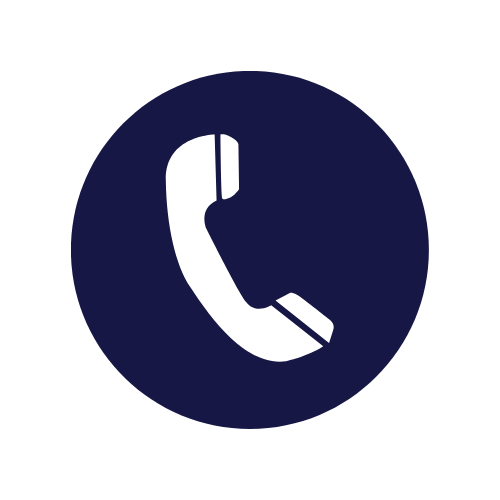Percocet Addiction & Abuse

By The Recovery Village Columbus
Last Updated: October 25, 2022
Percocet is a combination medication and includes oxycodone, an opioid, and acetaminophen, commonly known as Tylenol. Percocet is an effective way to treat pain but has a high risk of misuse, abuse and addiction. Learning the effects and risks of Percocet can help with appropriate use or help identify when medical treatment or rehab might be needed.
What Is Percocet?
Percocet is a brand name for an oxycodone and acetaminophen combination. It is a strong painkiller that blocks pain receptors in the brain. People experiencing moderate to serious pain may be prescribed Percocet to help manage their symptoms.
The ingredients of Percocet include the generic drugs oxycodone and acetaminophen. Oxycodone is an opioid, and acetaminophen is commonly sold as Tylenol. Percocet is also sold illegally and is often called “percs” or “oxy.”
Classification
As a combination medication, Percocet belongs to two drug classifications. Oxycodone is an opioid, a group of drugs derived from the opium poppy plant. Acetaminophen is not an opioid but is known as an analgesic or a pain reliever. Acetaminophen (also known as paracetamol) can increase the effects of oxycodone.
What Does Percocet Look Like?
Knowing what Percocet looks like can help people identify the drug dose. Percocet comes in tablet form but is made in different colors to represent the strength of the medication. Percocet images show round, oval or capsule-type tablets, usually with “Percocet” and the dose (i.e., 5 mg) imprinted on either side.
Pink tablets represent the lowest tablet dose of Percocet, and yellow is the strongest. Percocet comes in a range of colors, including:
- Blue
- Pink
- Yellow
- Green
- White
Brand Names
Percocet is the brand name for a drug that includes oxycodone and acetaminophen. Other brand-name drugs contain the same combination as Percocet, including Xartemis and Xolox.
Other Names and Street Names for Percocet
Oxycodone and acetaminophen are sold as combination drugs but can be sold and consumed separately. Oxycodone is commonly known as “oxy,” and acetaminophen is often known as Tylenol. Other names or street names for Percocet include:
- Percs
- Perks
- Roxi
- Paulas
What Does Percocet Do?
Percocet addresses moderate to severe pain levels and can help reduce fever. It’s often prescribed following severe illness or injury. As an opioid, Percocet acts on opioid receptors in the brain and body, which can help people feel relaxed and block pain signals.
Percocet is used for medical purposes but can be misused without a prescription to relax or get high. Because Percocet relaxes the body and brain, there can be risks when using it without a prescription and medical supervision.
Dosage and Administration
Percocet is usually prescribed and ingested in pill form and is taken once or twice daily. Percocet tablets come in different colors that signify the pill’s dose and will come with instructions on how and when to take the prescribed amount safely.
The usual Percocet dosage is one to two tablets every six hours, depending on the strength of the tablet and a person’s tolerance. Taking Percocet comes with some risks and side effects and should be taken as prescribed by a doctor.
Percocet should be dosed according to how the patient responds to the medication and the severity of the pain. As a frequently misused drug, Percocet is prescribed carefully and cautiously. Doctors aim to use the lowest possible dose for treating pain to reduce the risk of dependence or addiction.
Abuse Methods
When Percocet is misused, the consumption methods are often different than when it is medically prescribed. Tablets are often crushed for quick and easy consumption. This use typically leads to quicker absorption, meaning the drug produces a high faster. These methods include:
- Smoking
- Snorting
- Chewing
Is Percocet Addictive?
If Percocet is used for a long time, even by prescription, the body can become dependent on the drug. Once someone is dependent on Percocet, they need the drug to function and must take higher doses to get the same effect. This can contribute to a Percocet addiction.
Percocet is a highly addictive substance that can impact a person’s behavior and health. Some signs of Percocet addiction can include:
- Drug-seeking behavior
- “Doctor-shopping” or attending appointments right before a clinic closes
- Obsession with finding Percocet without care for the consequences
People who are addicted to Percocet are at risk of overdose or death, but there are many treatments available that can help you through your recovery.
Signs & Symptoms of Percocet Addiction
Signs and symptoms of Percocet addiction can include:
- Using Percocet even though it has negative impacts on mental or physical health
- Continued use despite consequences at work, school or with friends and family
- Spending free time getting and using Percocet
- Taking more Percocet or taking it more frequently than prescribed
- Cravings for Percocet
- Inability to stop or decrease Percocet dose without experiencing withdrawal
- Use despite risky behavior
- Obtaining multiple prescriptions from multiple doctors
- Increased use over time due to developing tolerance
Side Effects of Percocet
Although Percocet can help reduce pain, it can also cause unpleasant side effects, especially when starting the drug. These Percocet side effects can include:
- Nausea
- Vomiting
- Dizziness
- Drowsiness
- Headache
- Extreme moods
Side effects can be monitored by a doctor and minimized by starting at a low dose of Percocet and building up to the necessary amount slowly.
Short-Term Effects of Abuse
In the short term, there can be several effects of misuse, including:
- Drowsiness
- Constipation
- Men may have trouble getting or keeping an erection
- Nausea and vomiting
- Euphoria (feeling “high”)
- Slowed breathing
- Headaches
- Dizziness
- Confusion
Long-Term Effects of Abuse
When taken over the long term, the effects of Percocet misuse can include:
- Needing more Percocet to feel the same effect (tolerance)
- Liver damage
- Infertility in women
- Worse pain than before you started taking Percocet
- For mothers who have babies born while taking Percocet, babies may have life-threatening withdrawal symptoms
- Physical dependence
- Development of substance use disorder
- Higher risk of overdose
How Long Does Percocet Stay In Your System?
The exact time Percocet stays in your system depends on the person, how long they’ve been taking the drug and their overall health. Percocet’s pain-relieving effects usually last four to six hours and are typically taken a couple of times daily.
Even though the effects of Percocet wear off within hours, the drug can stay in your system for slightly longer. Percocet takes about 24 hours or less to leave your system.
Percocet Half-Life
Percocet’s half-life, or the time it takes half of the drug to leave the system, is about 3.5 hours. This length means it can take approximately 15 hours for Percocet to leave the system, but this can extend to 24 hours or beyond, depending on the dose taken.
The amount of time drug tests can detect Percocet differs. The detection times for Percocet-detecting drug tests include:
- Blood: Approximately 24 hours
- Urine: Up to three days
- Hair: Up to three months
- Breastmilk: Passed from mother to infant through breast milk almost immediately after consumption and for up to three days after
Percocet Withdrawal
There are many signs of Percocet withdrawal that may include:
- Watery eyes
- Runny nose
- Goosebumps
- Muscle pain
- Diarrhea
- Nausea
- Vomiting
- Dilated pupils
- Sensitivity to light
- Trouble sleeping, or insomnia
- Sweating
- Fast heart rate
- High blood pressure
- Yawning
Percocet withdrawal can be life-threatening. Some may want to stop taking Percocet “cold turkey” or at home, but withdrawal symptoms can be so severe that many return to taking Percocet. For the best chance at quitting Percocet, and staying off of it, seek professional help. If you or a loved one want to stop taking Percocet, our Recovery Advocates are available 24/7. Contact us today, and we can help you safely quit.
Percocet Addiction Treatment
If you or someone you love suffers from a Percocet addiction, contact The Recovery Village Columbus today to discuss treatment options. At our addiction treatment facility, you will be monitored by a team of caring medical professionals who can manage your symptoms and may even prescribe medications to help you stay off of Percocet when the time is right. Contact a Recovery Advocate today to regain control of your life.
Sources
- Dydyk, Alexander M.; Jain, Nitesh K.; Gupta, Mohit. “Opioid Use Disorder – StatPearls.” National Library of Medicine, June 21, 2022. Accessed May 21, 2023.
- Health Canada. “Opioids.” July 5, 2022. Accessed May 21, 2023.
- Shah, Mansi; Huecker, Martin R. “Opioid Withdrawal – StatPearls.” National Library of Medicine, January 17, 2023. Accessed May 21, 2023.

Questions?
Our Recovery Advocates are ready to answer your questions about addiction treatment and help you start your recovery.





